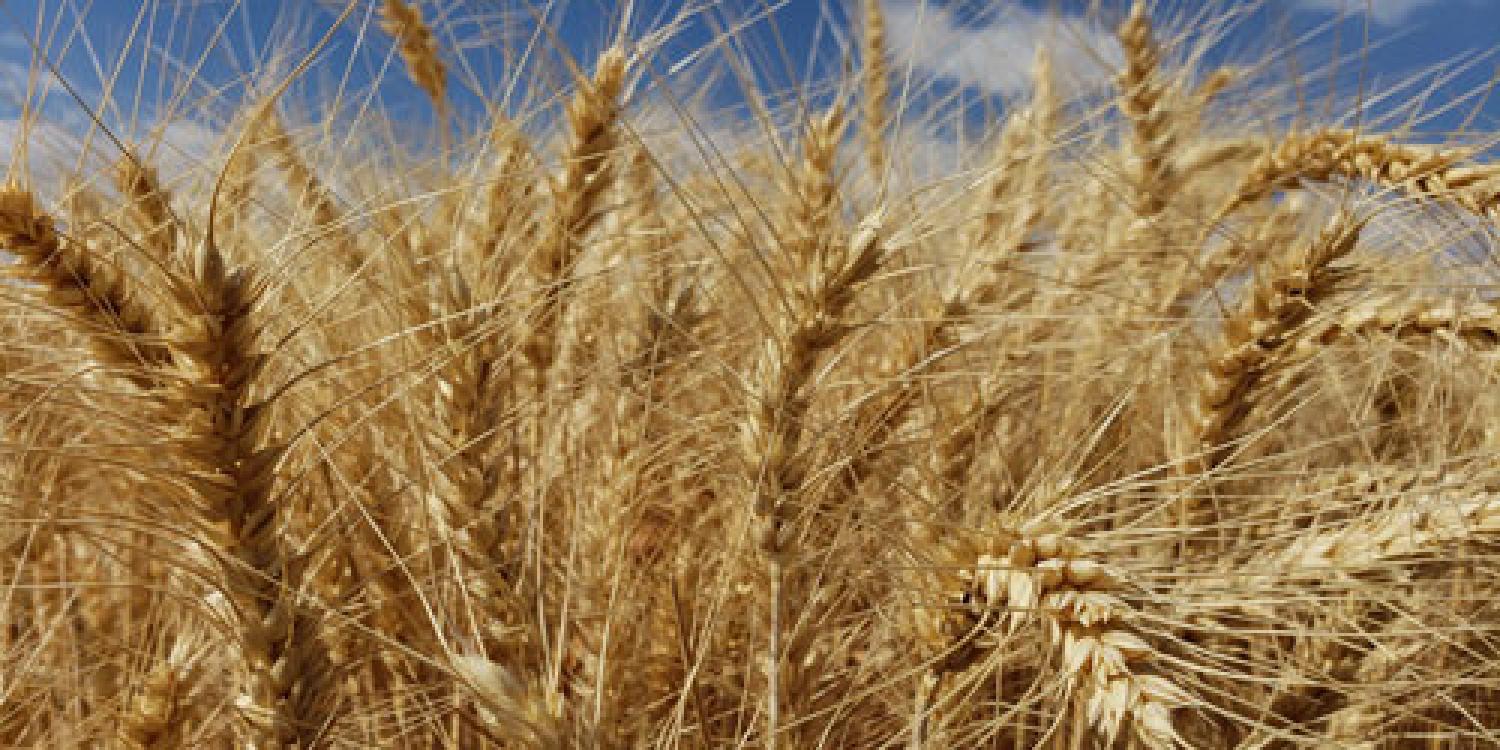
In 2020, wheat was Oregon's sixth-largest commodity, with a value at the farm gate of $273.7 million. While barley production is substantially lower than wheat production, the grain is an important rotation crop in many parts of Oregon. At least five universities, seven private companies, and the U.S. Department of Agriculture have rights to wheat and barley varieties that may have a future in Oregon.
While this leads to an abundance of options for growers in the state, it can be difficult for growers to directly compare variety performance in the field. Areas and market classes that aren't represented by a variety testing program has led to planting decisions being made on the basis of marketing, rather than data. This can lead to growers planting varieties with sub-optimal yields, disease and quality.
In response, researchers in the Oregon State University Extension Service and Oregon Agricultural Experiment Station conduct a set of variety trials in 17 locations in Oregon, three locations in Washington and one location in California. These locations are chosen to cover the wheat and barley growing regions of Oregon, so that variety recommendations can be made based on performance in the target growing conditions. In addition to released varieties, this trial includes advanced experimental lines from public and private breeding programs, to accumulate performance data in the event of a line's release. Trial results are released to growers and seed dealers after harvest through multiple channels, so that they can be used for fall planting decisions.
Results from the variety trial have been received extremely well by growers and stakeholders. Mid-Columbia Producers, one of the leading seed dealers in Oregon, features a link to the results at the head of the list of varieties they offer. Similarly, Northwest Grain Growers relies heavily on these results when deciding which varieties to carry, and when recommending varieties to growers.
In addition to helping with planting decisions, the data OSU collects on experimental lines provides important feedback to plant breeding groups, which helps them to decide which lines to release and market in Oregon, as well as which lines to use as parents for future breeding efforts. Because leading wheat varieties often differ in yield by 10%, a conservative estimate of the cumulative effect of this program’s impact is a 1% increase in yield of wheat and barley, including assisting growers in planting decisions and influencing which varieties are released and marketed in Oregon. In 2018, this translated to approximately 516,000 bushels of wheat, at a price of $6 per bushel, and approximately 570 tons of barley, at a price of $150 per ton. That adds up to a financial benefit of nearly $3.2 million.